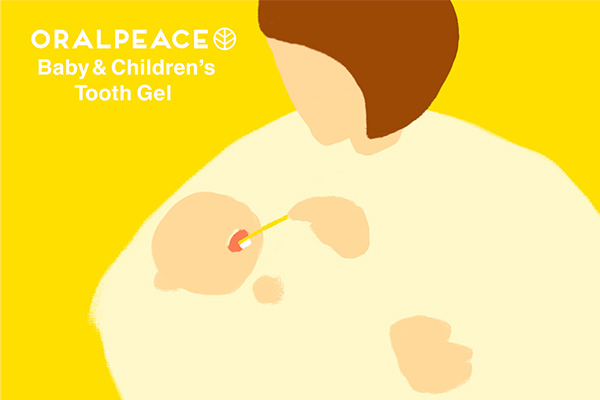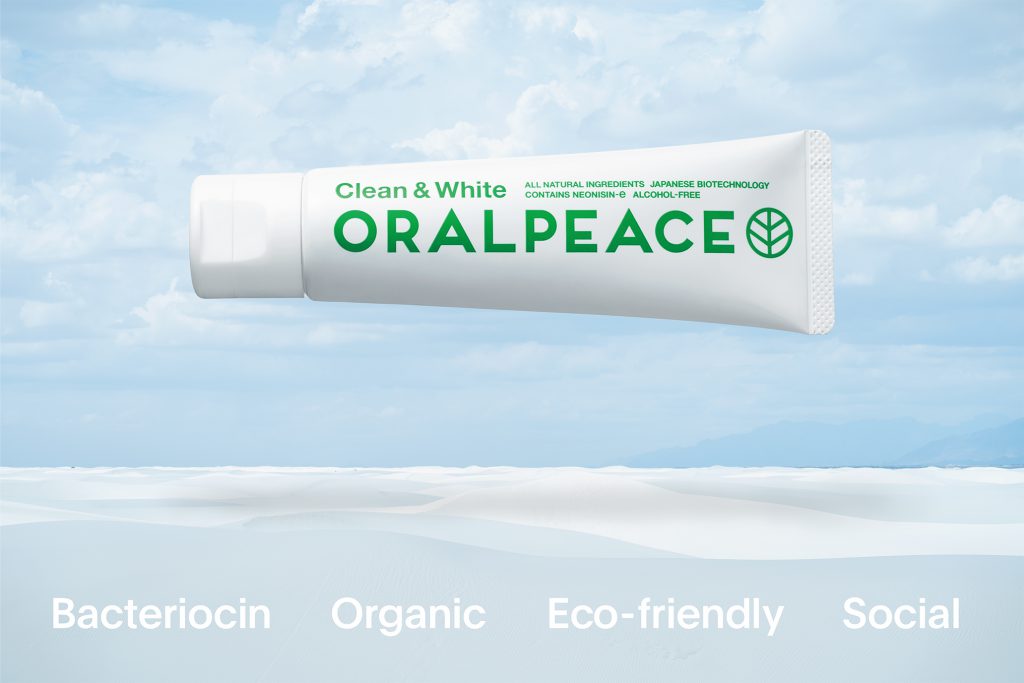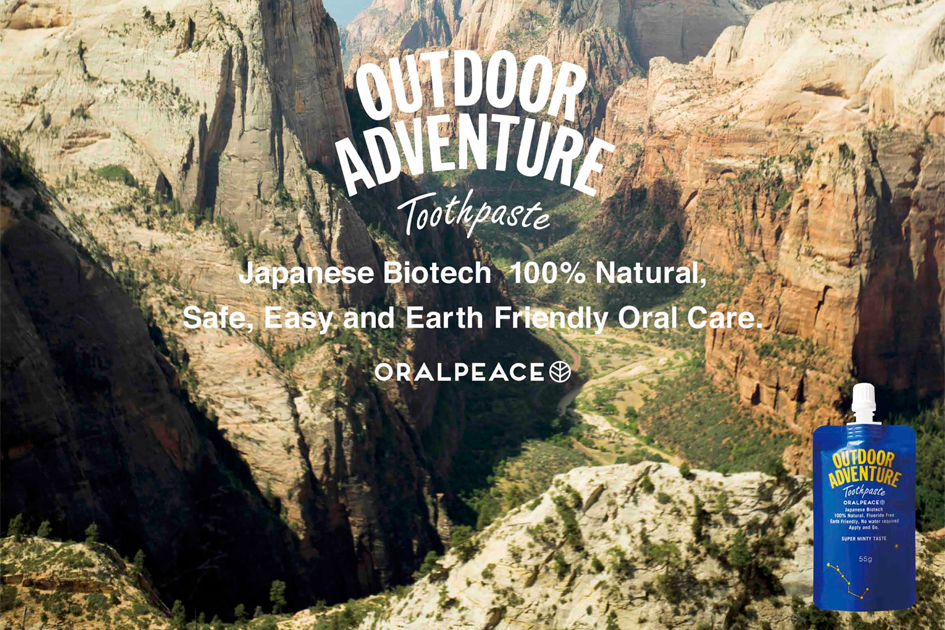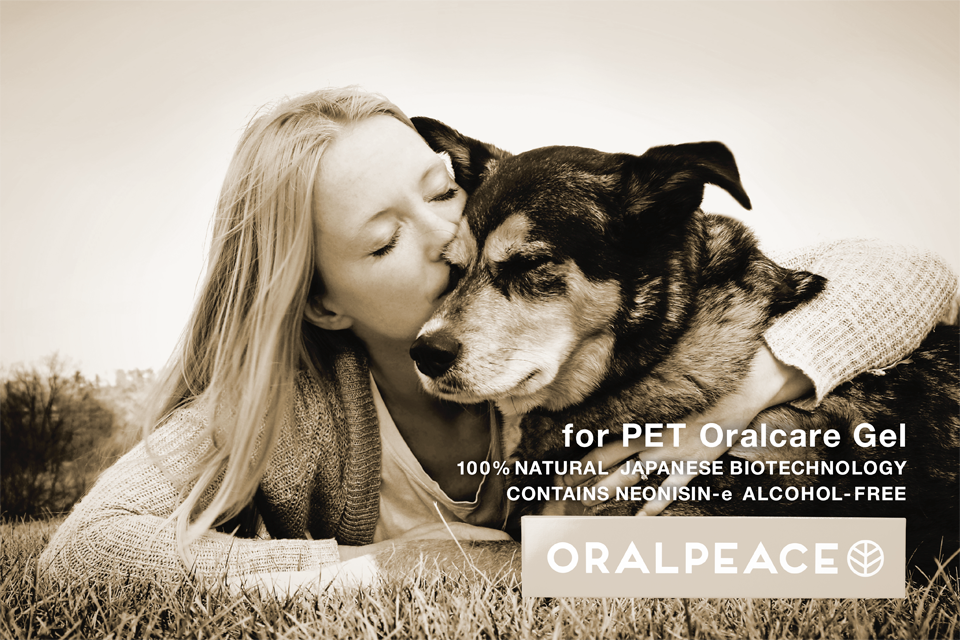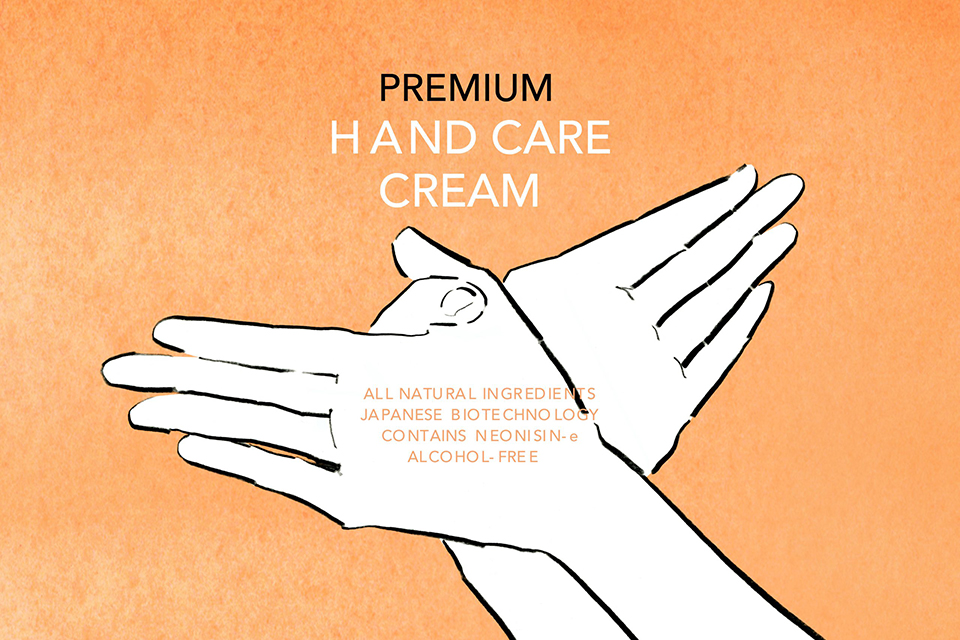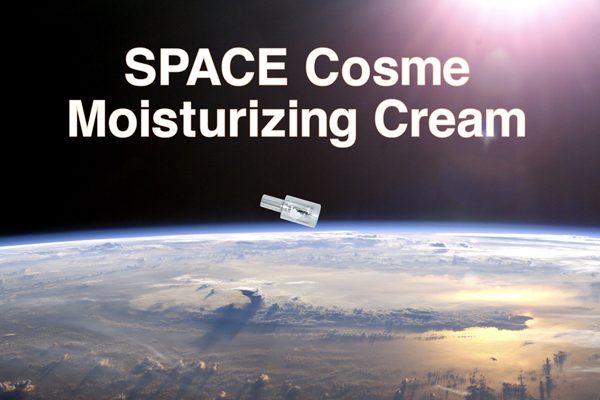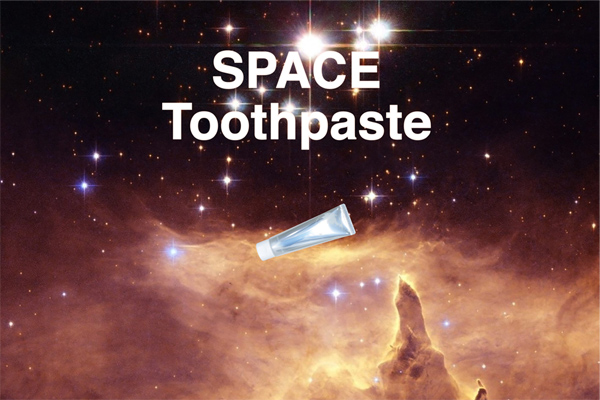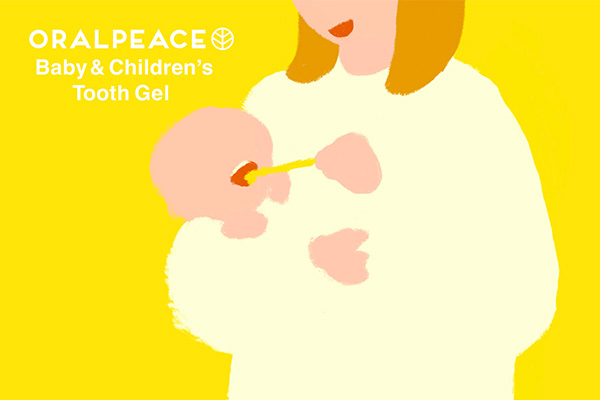21st-Century Cavity Prevention with Space Technology*
Contains the Patented Lactic Acid Bacteria Peptide Formulation Neonisin-e®
Invented Safe Oral Care Usable from Newborns
For the Future of Your Beloved Baby and the Happiness of Your Family Line
Achieved Chemical-Free Synthesis through Lactic Acid Bacteria Biotechnology Research
U.S. Fluoride Regulations and the De-Fluoridation Trend
On September 24, 2024, the U.S. Federal Court in California (Judge Edward Chen) ordered the U.S. Environmental Protection Agency (EPA) to strengthen regulations on fluoride in drinking water, citing potential risks of lowered IQ in children.
This ruling is based on the August 2024 report from the U.S. National Toxicology Program (NTP), which evaluated 72 studies. Nineteen high-quality studies indicated a possible link between fluoride levels above 1.5 mg/L (1.5 ppm) and reduced IQ. However, data on effects at the U.S. recommended level (0.7 mg/L) is insufficient, and the WHO and ADA continue to support fluoride’s cavity prevention benefits at recommended concentrations.
Following the ruling, municipalities in Florida, Tennessee, Utah, and beyond have begun halting fluoride addition to tap water nationwide. On May 13, 2025, the U.S. Food and Drug Administration (FDA) announced the market withdrawal of swallowable fluoride supplements for children, citing risks such as impacts on intestinal flora and potential IQ reduction—particularly critical for parents prioritizing safety for their infants.
Latest Developments and Media Coverage on U.S. Fluoride Regulations (Updated September 2025)
Meanwhile, investors anticipating a rise in cavity cases due to fluoride restrictions have driven up stock prices of dental equipment, material manufacturers, and related companies (Nikkei: “U.S. Health Secretary’s Pet Policy Benefits Related Stocks with ‘Cavity Expectations’”). This shift is positively impacting the dental industry overall by encouraging a return to core practices: sugar intake guidance, brushing instruction, and cavity treatment by dental professionals.
Scientific debate remains divided. For those trying to conceive, pregnant individuals, or parents wishing for their child’s future happiness, further research outcomes are eagerly awaited. In the U.S., media coverage and search trends reflect growing interest, with parents increasingly seeking fluoride-free children’s oral care products.
The ORALPEACE Project responds to the voices of moms and dads saying, “I want to protect my precious baby,” by developing the chemical- and fluoride-free ORALPEACE Baby & Children’s Tooth Gel. Starting with advance availability in the de-fluoridating U.S., we plan global distribution to Europe, Latin America, Asia, and beyond.
This product offers peace of mind to moms, dads, grandmas, and grandpas worldwide who wish for their child’s growth, exams, study abroad, and future success in society.
Because it’s an oral care product going into your little one’s mouth every day, choose one with fully safe ingredients.
For parents worldwide who share the same values—wanting cavity prevention without relying on chemicals suspected of risks to developing fetuses or infants, through basic sugar control, brushing guidance, careful brushing, and safe oral care—we proudly deliver ORALPEACE, meticulously crafted in Japan using 30 years of sincere cutting-edge lactic acid bacteria peptide biotechnology research to “control bacteria with bacteria.”
We provide a new 21st-century green technology option to moms and dads globally, contributing to all humanity as a Japan-origin innovative chemical-free oral care brand.
*With brushing
Innovative Features of ORALPEACE
ORALPEACE Baby & Children’s Tooth Gel incorporates the patented lactic acid bacteria peptide formulation “Neonisin-e®,” developed through industry-academia collaboration with Japan’s national institutions: Kyushu University, Kagoshima University, and the National Center for Geriatrics and Gerontology.
It effectively targets cavity-causing bacteria and bad breath-causing bacteria while being made from 100% plant-derived food ingredients that are safe if swallowed. Clinical trials have confirmed its cavity bacteria reduction effects, reported in numerous academic societies and papers (including the Japan Agricultural Chemistry Technology Award-winning paper).
Free from fluoride (fluoride compounds), synthetic preservatives, artificial colors, artificial sweeteners, synthetic fragrances, or other chemicals; alcohol (ethanol); foaming agents like soap or synthetic surfactants; and abrasives that may cause tooth sensitivity. If swallowed, it is digested and broken down; if discharged into the environment, it is biodegradable—an eco-friendly product.
Proven for use in space, it features a gentle design considerate of the delicate oral environment of babies and children.
Made solely from plant-derived food ingredients with no chemical additives, it is less likely to cause rejection in taste-sensitive babies and infants. Children love the delicious, fruity natural fruit flavor. With no foaming or abrasive agents, brushing can be done slowly and carefully.
During parents’ finishing brushing, the mouth is clearly visible, reducing missed spots. Transform daily tooth brushing from a dreaded chore into a fun parent-child bonding time.
What is the Patented Lactic Acid Bacteria Peptide Formulation “Neonisin-e®”?
The patented ingredient “Neonisin-e®” in ORALPEACE Baby & Children’s Tooth Gel is a natural-derived patented formulation composed of lactic acid bacteria-derived antibacterial peptide (bacteriocin) and edible plant components. Unlike chemically synthesized bactericides, it selectively acts on causative bacteria in the oral cavity, inhibiting bacterial growth without damaging human cells or mucous membranes.
Neonisin-e® is a patented formulation (Patent No. 5750552) developed through joint research with Kyushu University
Graduate School of Agriculture, Kagoshima University Graduate School of Medical and Dental Sciences, and the National Center for Geriatrics and Gerontology’s Department of Oral Disease Research. The base lactic acid bacterium is Lactococcus lactis isolated from tofu okara produced in Fukuoka Prefecture, based on research by Professor Emeritus Kenji Sonomoto, former President of the Japan Society for Lactic Acid Bacteria. Invented in Japan in 2016, it is the world’s only food-approved antibacterial peptide, achieved by isolating and purifying the antibacterial peptide “nisin A” at high purity from lactic acid bacteria fermentation broth.
The main components of Neonisin-e® are “lactic acid bacteria culture extract” and “plum fruit extract.” These act instantly at ultra-low concentrations on cavity-causing bacteria and bad breath-causing bacteria in the oral cavity, effectively inhibiting bacterial proliferation. Phase-contrast microscopy observations confirm that it rapidly halts the movement of trouble-causing bacteria. This mechanism delivers high preventive effects through brushing, even in fluoride-free products.
Neonisin-e® is naturally digested and broken down in the intestines if swallowed, making it usable by a wide range—from infants to the elderly and even pets. It has no side effects and no toxicity to human mucous membranes or cells. Scientifically, it received GRAS (Generally Recognized as Safe) certification from the U.S. FDA in 1988, safety certification from the WHO in 1969, and approval as a food additive in over 50 countries worldwide. Japan’s Ministry of Health, Labour and Welfare evaluation confirms its safety, and clinical trials demonstrate cavity bacteria reduction. It also features low environmental impact with biodegradability, designed with consideration for river and soil ecosystems.
With Neonisin-e®, ORALPEACE gel is a non-foaming, non-abrasive, plant-food-derived product adopted as oral care for astronauts. It scientifically supports oral care from newborns, contributing to long-term health maintenance.
Awards and Honors
2014 Yokohama Business Grand Prix 2014: Grand Prize and Audience Award (Double Win)
2014 Certified as METI “Acorn Mark Product” – First toothpaste recognized as a CO2-zero environmentally friendly product
2015 Kawasaki Entrepreneur Audition 2015: Excellence Award and others
2015 Japan Venture Awards 2015: Grand Prize (Minister of Economy, Trade and Industry Award)
2015 Social Products Award 2015: Consumer Jury Prize
2015 First oral care product certified under the public “Kawasaki Standard” for excellent welfare/medical products beneficial to society
2016 Selected by The Nippon Foundation as one of “10 People Changing Japan’s Future” in Social Innovators 2016
2017 Good Design Award 2017 – First award for a toothpaste/oral care product
2019 Spikes Asia 2019 Advertising Awards: “LOVE IS ORGANIC” shortlisted in Film category
2019 Japan Society for Bioscience, Biotechnology, and Agrochemistry “2019 Technology Award” – First oral care formulation award in approximately 100 years
2022 Selected by JAXA as toothpaste for astronauts on the International Space Station (ISS)
2022 Good Design Award 2022 – First award for space personal care products
2025 Received the “STI for SDGs Award” Encouragement Prize from the Japan Science and Technology Agency (JST)
Development Background and Expectations
“Amid recent court rulings highlighting risks of fluoride in cavity prevention to fetuses and infants, we adhere to the principle of patient safety first—‘when in doubt, do not use’—and are committed to creating new research and options. Providing safe oral care to the most vulnerable, such as pregnant women (and their fetuses) and young children, is extremely important.
ORALPEACE uses patented technology from Japan’s national universities, applied in humanity’s space advancement, combining scientifically proven safety and efficacy. It will serve as a reassuring choice for parents concerned about their child’s growth and future.”(From voices of parenting generations)
Growth and Timing in the Global Fluoride-Free Toothpaste Market
This product launch aligns perfectly with the steady growth of the global fluoride-free toothpaste market.
According to expert market research, the market size exceeded $630 million (approx. ¥97.65 billion) in 2024 and is projected to grow at a CAGR of 5.67% from 2025 to 2034, reaching $1.094 billion (approx. ¥1.6957 trillion) by 2034 (Fluoride Free Toothpaste Market Share & Analysis 2034).
Other studies estimate the fluoride-free toothpaste market ranged from approximately $500 million (approx. ¥77.5 billion) to $700 million (approx. ¥108.5 billion) in 2023, expected to grow at a CAGR of 5–6% by 2030 (Toothpaste Market Size, Share, Trends & Growth Report 2032).
In particular, the children’s fluoride-free toothpaste market is expanding rapidly due to parents’ growing focus on safe ingredients, led by health-conscious consumers.
These market trends indicate that global innovators are already shifting to fluoride-free options, with consumer preferences—regardless of national regulations—increasingly favoring natural and safe ingredients.
ORALPEACE Baby & Children’s Tooth Gel anticipates this future movement, offering a Japan-origin innovative abrasive-free, foaming-agent-free, chemical-free product with scientifically backed safety and efficacy. It provides a new choice for innovator parents worldwide who wish for their child’s future success.
While fluoride safety remains debated, by creating ORALPEACE Baby & Children’s Tooth Gel as a new option for baby and children’s oral care, we deliver daily peace of mind in parenting to knowledgeable and innovator parents who expect intellectual development and future success for their precious child.
Sales Channels:
Nationwide dental clinics, maternity hospitals, pediatric hospitals, family clinics, urban department stores, high-end baby stores, luxury hotels, exclusive membership clubs, resort hotels, luxury stores, first-class in-flight services, lifestyle shops, Good Design stores, select shops, women’s and children’s apparel stores, premium supermarkets, organic food stores, organic cosmetics stores, early childhood education centers, tutoring schools, private kindergartens, private elementary and junior high schools, libraries and bookstores, science museums, planetariums, space shops, art museums, museum shops, yoga studios, bridal facilities, parent-child event novelties, official online shop and e-commerce platforms like Amazon, children’s support volunteer organizations, and local ORALPEACE sales agencies at disability employment facilities.
We provide a new option and peace of mind for the most precious baby in the family—through Japan’s national research institution-derived lactic acid bacteria biotechnology—to knowledgeable and innovator parents worldwide who wish for their child’s healthy growth and future.
FOR WHO?
PRODUCT FEATURES


Product Line up
Innovation of ORALPEACE
“ORALPEACE Baby Children’s Tooth Gel” incorporates the patented “Neonisin-e” formulation, developed through collaboration with Kyushu University, Kagoshima University, and Japan’s National Center for Geriatrics and Gerontology. It effectively targets cavity- and odor-causing bacteria while being made from 100% plant-derived, food-grade ingredients safe for swallowing. Clinical trials confirm its ability to reduce cavity-causing bacteria, with findings presented in numerous academic papers and conferences (https://oralpeace.com/en/library).
Free of fluoride, synthetic preservatives, artificial colors, sweeteners, fragrances, alcohol (ethanol), soaps, synthetic surfactants, or abrasives that may cause sensitivity, it is an eco-friendly product that biodegrades in the environment. Adopted for use in space, it ensures high safety and proven performance, safeguarding the delicate oral environment and healthy growth of babies and children.
Made solely from plant-derived ingredients without chemicals, it is gentle on taste-sensitive infants, offering a natural, fruity flavor children love. The absence of foaming agents and abrasives allows for slow, careful brushing, improving visibility during parental finishing touches and reducing missed spots. It transforms daily brushing from a struggle into joyful parent-child bonding time.
Baby Tooth Brushing Guide: https://oralpeace.com/en/baby
ORALPEACE Baby Children’s Tooth Gel

All ingredients
Glycerin (Wetting and sweetening agents, derived from palm palm), water, Lactococcus lactis culture extract (cleaning agent), xanthan gum(thickener, derived from corn), Plum fruit extract (cleaning aid), Caesalpinia spinosa gum (thickener, derived from legumes), orange oil (flavoring agent), lemon peel oil (flavoring agent), Yuzu peel oil (flavoring agent), yellownia officinalis oil (flavoring agent), damask rose flower oil (flavoring agent)
The following ingredients are not used
ORALPEACE do not contain the following ingredients:
× Ingredients not approved as food for oral ingestion
× Petroleum-derived ingredients
× Chemically synthesized substances
× Alcohol (ethanol)
× Fluoride / Inorganic fluorides (regulations began in the U.S. following the September 2024 court ruling)
× Synthetic bactericides (cetylpyridinium chloride (aka CPC), benzethonium chloride, benzalkonium chloride, chlorhexidine gluconate, IPMP (isopropyl methylphenol), triclosan, methyl salicylate, lauroyl sarcosine salt (LSS), etc.)
× Chlorine-based compounds (chlorine, chlorine dioxide (ClO₂), chlorate (ClO₃⁻), sodium hypochlorite, sodium chlorite, chlorine bleach/disinfectants; issues include chemical irritation to mucous membranes and thyroid, impact on plankton from river/ocean discharge, aquatic toxicity, and environmental regulations on microorganisms)
× Abrasives (calcium carbonate (CaCO₃, large-particle abrasive, limestone powder, chalk base), silica (quartz), sodium bicarbonate (baking soda), apatite (hydroxyapatite), coral, shells, clay, charcoal, microplastics (microbeads), other abrasives/compounds/stone powders, nanoparticles)
× Foaming agents / Synthetic surfactants (sodium lauryl sulfate (SLS), lauryl glucoside, cocamidopropyl betaine, sodium cocoyl glutamate, etc.)
× Foaming agents / Soap (soap base, potassium coconut fatty acid, potassium olive fatty acid, etc.)
× Synthetic preservatives (parabens (parahydroxybenzoate esters), phenoxyethanol (not permitted in food), sodium benzoate (synthetic preservative), potassium sorbate (synthetic preservative), glycine (chemically synthesized preservative from formaldehyde and hydrogen cyanide; food additive), poly-ε-lysine (polylysine, antibiotic analog from mold-like actinomycetes; preservative/food additive), BG (butylene glycol), PG (propylene glycol), PEG, formaldehyde (carryover), chemicals listed only as “fragrance” or “preservative” for preservation purposes)
× Salt / Sea salt (for preservation)
× Water-soluble synthetic polymers (carbomer, sodium polyacrylate, hydroxyethyl cellulose, etc.; liquid microplastics)
× Artificial sweeteners (sorbitol, sucralose, aspartame, maltitol, erythritol, saccharin sodium, etc.) × Xylitol
× Synthetic fragrances (grape, cola, banana, strawberry, etc.; synthetic flavors/fragrances)
× Synthetic colors (Red No. 1, Yellow No. 2, etc.; petroleum-based tar dyes)
× Sodium hydroxide / Potassium hydroxide (caustic soda / caustic potash; strong alkali, prohibited residue in food)
× Strong alkaline water (strong alkali for bactericidal/preservative purposes)
× Bleaching agents (polyphosphates, metaphosphates, pyrophosphates, etc.; phosphate salts)
× Titanium dioxide (TiO₂; titanium oxide; bleaching agent, white colorant; banned in food in France since 2020)
× Heavy metals (copper, silver, other metals/heavy metals)
× Herbal ingredients (Asteraceae allergens (calendula/marigold extract, arnica montana flower extract, chamomile flower extract, echinacea extract), hinokitiol (teratogenic; avoid in pregnant women/girls), St. John’s wort essential oil (CYP3A4 drug metabolism enzyme; avoid during pregnancy/breastfeeding or with certain medications), tea tree oil, eucalyptus oil, wintergreen oil (methyl salicylate), fennel extract, sage (medicinal salvia) extract, pine rosin, cedar rosin, mastic resin, catechin, tea leaves, caffeine; high-concentration for product preservation)
× Insect-derived ingredients (honey, propolis (avoid in infants)) × Finite natural biological resources harming marine environments like coral
× Animal-derived ingredients (bird eggs, animal placenta, etc.; ingredients sacrificing animal lives)
× Animal-derived lactic acid bacteria (no bacteria from animal excrement/intestines or other humans’ oral bacteria/plaque/excrement/intestines)
× Lactic acid bacteria themselves (no live or dead bacteria)
× Chemicals under consideration for future regulation by the WHO due to adverse effects on humans or the environment
× Ingredients not permitted for loading on space stations or rockets
*When purchasing oral (ingestible) products for your precious child or tiny baby with undeveloped excretory organs, we strongly recommend personally verifying the full ingredient list (all components) of each product before choosing.
How to use
For Babies
Usable from newborns.
If no teeth have erupted yet, apply an appropriate amount to a clean gauze or sponge and wipe away dirt from the oral cavity.
Free from chemicals, alcohol, and fluoride; made solely from plant-derived food ingredients. Babies won’t dislike the taste, allowing safe oral care and cavity prevention* with peace of mind.
*With brushing
For Children
Once baby teeth emerge, use like regular toothpaste: apply an appropriate amount to a toothbrush after waking, meals, or before bed, and carefully brush the entire mouth, between teeth, and gums to spread the gel thoroughly.
If the tongue is dirty, apply an appropriate amount to a soft brush or gauze and gently clean the tongue. It cleans tongue coating without damaging taste buds or altering taste.
With no abrasives or foaming agents, brushing can be done carefully; dirt is visible, aiding cavity prevention and parent-child bonding during finishing brushing by mom or dad.
After brushing, rinse lightly. It’s also effective to apply a small amount again afterward, spreading it throughout the mouth.
Care for the mouth thoroughly with ORALPEACE before rest, and you’ll notice changes in your child’s mouth upon waking the next day.
Safe and easy daily prevention of cavities and bad breath in children. Transform dreaded daily brushing into parent-child bonding time with ORALPEACE’s baby & children’s tooth gel—adopted in space.
Also recommended as a chemical-free toothpaste for your precious child, for kids leveraging talents and learning to challenge exams, sports, music, etc.; and for parents who want their child to grow up healthy and, if possible, become wise—challenging fun paths like inventors, entrepreneurs, or astronauts.





